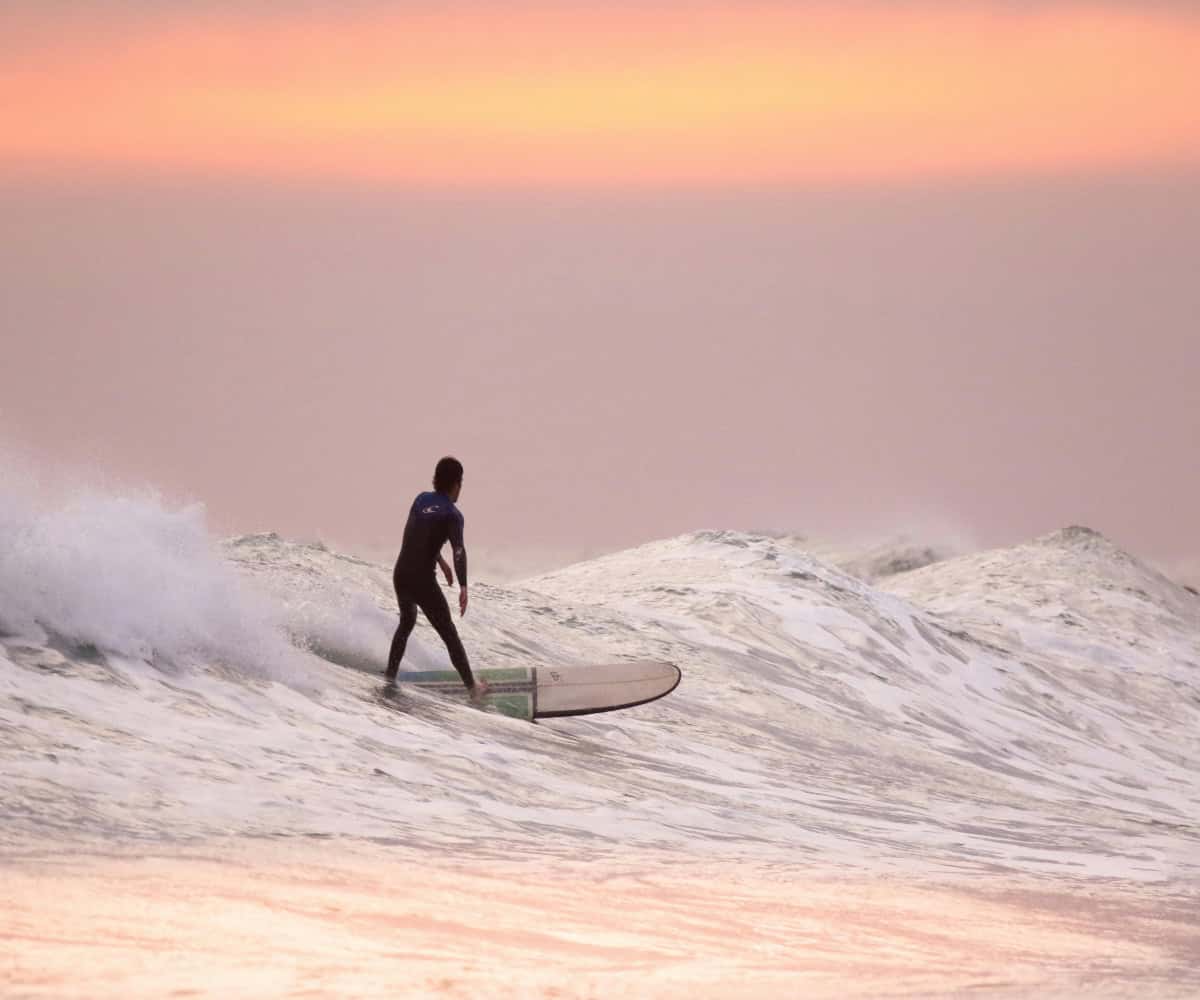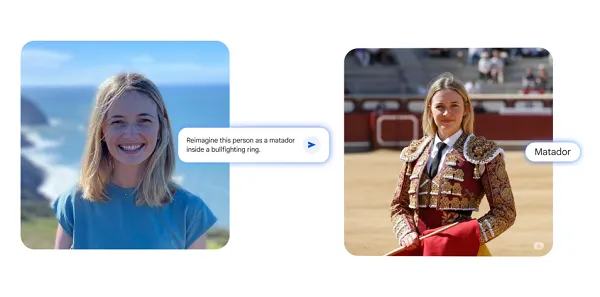Why brands should work with more deaf and disabled talent
Brands are potentially missing out on a market of 1 billion people.

Influencers are a core pillar for many brands’ marketing strategies, but advocates say that more could be done to work with deaf and disabled creators. People with disabilities make up 15% of the population, accounting for nearly 1 billion people, according to the World Health Organization, representing a sizable market for brands to potentially connect with.
In the last few months, there has been more deaf and disabled representation on screen. Apple TV’s film “CODA” won best picture at the Oscars, and deaf actor Troy Kotsur won the Academy Award and other awards for his best supporting actor role in the film. Snapchat ran ads during the awards show for its fingerspelling filter in honor of the nominations. More recently, the Inevitable Foundation, a non-profit with a mission to close the disability representation gap, ran an out-of-home campaign in major cities to highlight the disabled talent still missing from screens.
For many advocates, working with deaf and disabled creators is just good business. “I think that brands still underestimate the buying power of the disabled consumer,” Von Harris, operations manager at TBWA\Chiat\Day, wrote in an email. “Like most other consumers, the disabled are also brand loyal. If we see a brand that includes us in their advertising, we will support them. Why leave money on the table? It all boils down to dollars and cents.”
Seeing this opportunity is what led influencer agency Whalar to acquire C Talent, a disabled-led talent management and consultancy company that represents high-profile deaf and disabled talent, including actors, writers, and producers. C Talent will become a special unit within Whalar, bringing around 85 new creators into Whalar’s talent offering.
“Most brands want to reach everyone, and by definition, that is a diverse audience,” said Rob Horler, Whalar’s CEO. “Diverse creators are from those communities, and can help bring brands to those audiences authentically.”
C Talent has worked with brands including Hulu, Disney, Google Pixel, and Savage x Fenty. C Talent also has a consulting arm to help companies incorporate more accessibility and disability efforts. The company has worked with Sony’s 3000 Pictures and Netflix’s upcoming film “Lady Chatterley’s Lover.”
Across the industry, there is still a long way to go. An October 2019 survey by media agency iProspect found that just 15% of marketers worldwide recalled people with disabilities being portrayed positively in their recent campaigns, marking the lowest recall level on the list. By comparison, 69% of marketers recalled having women in their campaigns, 43% remembered having people over 60 years old, and 27% recalled having LGBTQ+ couples.
There are steps brands can take to start educating themselves and incorporating disabled talent, according to Keely Cat-Wells, the founder of C Talent. She says it's important to first recognize that people are disabled because of physical or attitudinal barriers in society. Adjustments including ramps or elevators, or even closed captions in video meetings, are a start.
Still, brands may be unclear or uncomfortable in how they engage deaf and disabled creators. Cat-Wells advises companies to hire deaf and disabled consultants. “People are so afraid to say anything for fear of getting it wrong [when it comes to working with disabled people],” she said. “We don’t mind if you get it wrong, just ask us in a text, or to the side before a meeting.”
Storm Smith, a producer and diversity, inclusion, and accessibility lead at BBDO LA, advocates for having deaf and disabled talent in the room at the outset of projects. “The result brings accurate authentic representations, all forms of accessibility, more stories are now brought to life, and the importance of decision making in the creative process without missing many marks,” Smith wrote in an email. “This is a win. At the end of the day, we matter, and it is nothing about us, without us.”

 ShanonG
ShanonG 
































